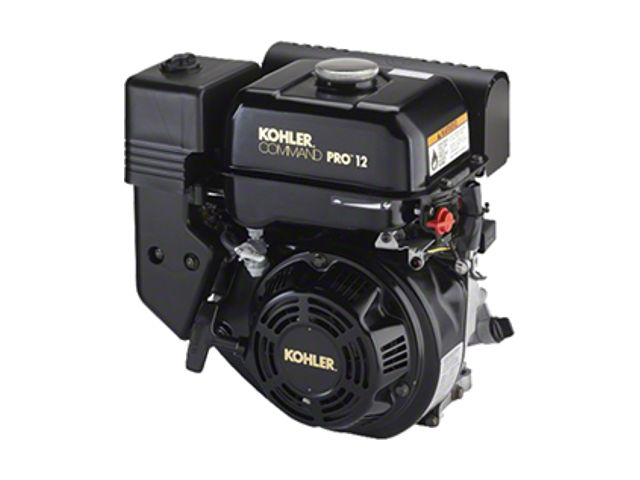
Here is an original article on this issue: Here is an explanation of torque from Briggs & Stratton

The true power of a motor is determined by engine type, (overhead valve/side valve) carburetor (naturally aspirated/fuel injected/turbo) rpm you use it at (2750/3100/3650) and many other factors. True, an overhead valve motor from a specific manufacturer should have more power with more cc’s but there are a lot of other factors that go into determining how much power is available for you to use.

cc’c don’t give you a good measurement of what the engine is capable of. For example, a 190cc Briggs & Stratton side valve motor will not have the same power as a Honda 190cc overhead valve motor. It is also not a good comparison from one manufacturer to another. To me, cc’s is not a good comparison from one motor to another. Assume that your new snowblower motor runs at less rpm.Ģ08 cc = 8 to 9 Gross Torque = 5.5 to 7 hpĢ77 cc = 11 to 11.5 Gross Torque = 8 to 9 hpģ05 cc = 13.5 to 14.5 Gross Torque = 9 to 10 hpģ42 cc = 15.5 to 16.5 Gross Torque = 11 to 12 hp I used 3600 rpm in the formula for this comparison. It’s not exact, but it will give you a better idea of how big the new engines are. Here is a simple chart of approximate cc to torque to horsepower conversions. If you are trying to get exact hp measurements you should research the torque ratings for the specific brand.įor 2009/2010 MTD has dropped all torque ratings on snow throwers. Other manufacturers (like Powermore) may have different torque ratings for their motors. I also used the torque ratings from the Briggs & Stratton website for their motors to keep this chart simple. Here’s the formula I used from the Briggs & Stratton website (rpm x torque / 5,252) The engine manufacturer’s used 3600 rpm most of the time to rate the engine’s horsepower so I will use that number in the formula. Instead, I’m just going to show you a formula you can use to figure it out yourself. I spent a great deal of time researching this and I’m not going to spend time trying to explain why the engine manufacturers have changed their terminology. I’ll leave the original article below but Husqvarna and others have been nice enough to rate their new engines.īriggs & Stratton Snow Engine manufacturer cc to HPĬheck all the latest snowblowers here: The Best Snowblowers For You! Fall 2020 cc to HP chart! Husqvarna still uses HP in some parts of the world and a few other reputable sources also have the HP in their model numbers. So, this cc to HP chart is as accurate as I can make it. Today, in the fall of 2020, only a few counties use HP or the metric equivalent. In fact, this was so confusing that in the 2008/2009 season most snowblower engine manufacturers dropped the torque measurement and now only give us engine size in cc’s. Of course, no one understood what this meant and even though companies like Briggs & Stratton tried to explain it, it still didn’t make much sense. Then in 2007 or the rules were changed and the engine manufactures started using gross torque as a measurement of the engine’s power.

It was a nice simple measurement that everyone in the U.S. Fifteen years ago the power output of every snowblower sold here in the United States was listed in hp or horsepower.


 0 kommentar(er)
0 kommentar(er)
